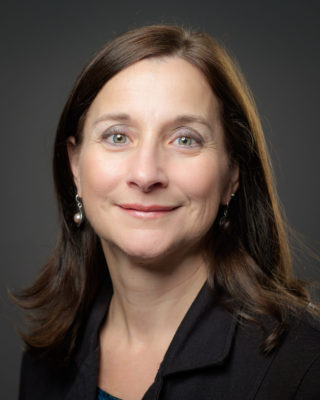“It’s not meant to be a drug store for anybody that wants to come and purchase drugs but to those people who are at risk of serious harm and death and there are 225,000 of them in our province right now.”
BC Chief Coroner Lisa Lapointe is once again calling on the province to expand access to pharmaceutical alternatives to illicit drugs without prescriptions.
It’s an idea that has come under government scrutiny and was ultimately rejected by BC Premier David Eby.
In part one of her final interview with Vista Radio, Lapointe noted the recommendation was made in November due to a large gap where the province doesn’t have the capacity to treat an additional 225-thousand residents.
Furthermore, BC’s prescribed safe supply model is only available to a paltry 4,200 people – not even twice the rate of the province’s deadliest year of the toxic drug crisis, which claimed 2,511 lives in 2023.
“You can see where we know our health care system in BC is very challenged. We know there are long waits in emergency departments, we know that hip or knee replacements surgeries are a year-long wait, people with cancer treatments are delayed and over a million people in our province don’t have a family doctor.”
“Some people have been mischaracterizing this as free drugs for everybody with no guardrails. That’s not what that is. What is recognizing is that there is a significant gap between the current capacity to prescribe safer pharmaceuticals and to protect the people who are at risk every single day.”
“The reason for that request is that we simply don’t have the tools we need to save the number of people at risk. 225-thousand people are estimated to be using drugs in our province right now. 150-thousand of them have an opioid-use disorder.”
Lapointe and the Coroner’s Service did receive a piece of good news on Thursday as Provincial Health Officer Dr. Bonnie Henry suggested extending and expanding BC’s safe supply program.
Henry noted the report recommends the province provide government-approved sources of fentanyl and heroin.
It also points out treatment and recovery programs are successful but limited, and difficult to access.
While at the Natural Resources Forum in Prince George, Eby continued to tout an integrated mental health and addiction response network that would be first launched at St. Paul’s Hospital in Vancouver.
The model, which Eby believes could be expanded across the province, would see people enter the emergency room and go right into detox and treatment on-site.
Lapointe noted while the initial steps seem promising, patient outcomes would need to be tracked on at least a semi-regular basis to determine what is or isn’t working.
“What I would really love to see from that program is evaluation and monitoring how many people are accessing that program, how many people are staying and what is the expectation around duration of treatment and what are the outcomes for those patient’s six months or a year later.”
“This is so we can see the effectiveness. And that’s how we know if it’s working and that seems so common-sense and if that program is shown to be effective then we should build that up across the province. But we are talking about huge investments of time and money, and right now, we are talking about 225,000 people at risk.”
Lapointe, who has held the role of chief coroner for 13 years, will retire on February 18th once her third term ends.
While Lapointe is entering her final days in office, she didn’t hold back her disappointment and frustration over the government’s response to the public health emergency that was first declared in 2016 and has claimed the lives of roughly 14-thousand British Columbians.
“In 2016, when this crisis was first declared, we know that we had seen a significant increase in deaths, and that year we saw 995 (deaths) and that was massive – almost double the deaths from the year before. The deaths continue to climb year after year – we did see a small decline in 2019 but it continued an upward trajectory since then. The focus, the response, the breadth of the response hasn’t been anywhere near the extent of the crisis, and you can see that because drug toxicity is now the leading cause of death in our province for people aged 10-59.”
“That is just a shocking and unacceptable statistic. A response that is evidence-based and is led by medical professionals that is not politicized is something we are lacking. We are continuing to see so many people die across our province – seven people a day last year and it’s everywhere – not just Vancouver’s Downtown Eastside. Less than 400 people died in the Downtown Eastside, which is a terrible impact on that community but 2,100 people died elsewhere in the province.”
Lapointe made a grim prediction for 2024 that BC could likely see another 2,500 drug overdose deaths due to a lack of significant resources to prevent people from dying.
Northern Health recorded 206 overdose deaths in 2023, 95 of those were in Prince George – both record highs.
PG paramedics also responded to a record 1,833 overdose calls last year, a spike of nearly 370 from the year prior.
Something going on in the Prince George area you think people should know about?
Send us a news tip by emailing [email protected].






